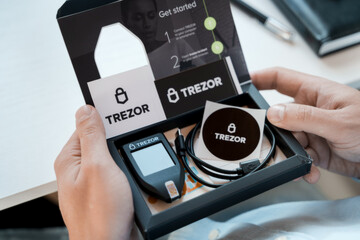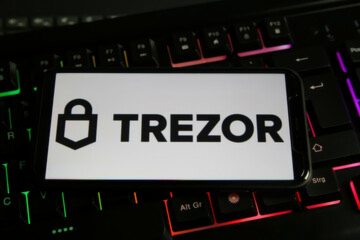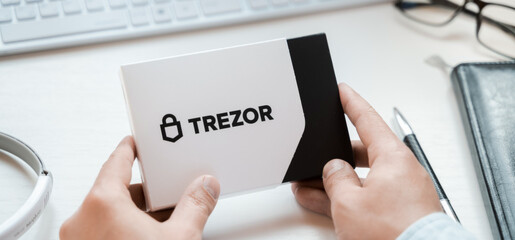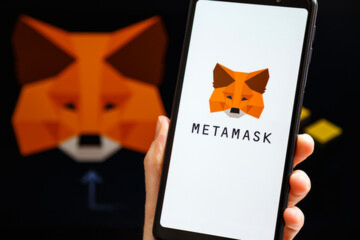🔐 Why Trezor Stands Out
Trezor is a highly trusted hardware wallet that protects your cryptocurrencies by storing your private keys offline—far from online threats.

- Offline key storage – immune to remote hacks
- Transparent, open-source firmware
- Intuitive interface via Trezor Suite
- Compatible with hundreds of crypto assets
💻 How to Log in to Trezor
Visit Trezor Suite Web, connect your Trezor device, and approve the login request directly on the device itself.

🌉 What Is Trezor Bridge?
Trezor Bridge is a background tool that links your web browser to your Trezor device. It’s required for:
- Using Trezor Suite Web
- Integrating with MetaMask
- Authenticating Web3 dApps
🧩 Explore Trezor Suite
Trezor Suite is an all-in-one application—available on both desktop and web—for managing your digital assets, performing transactions, and enabling advanced security tools.

🔗 Connect Trezor to MetaMask
Enhance MetaMask’s security by integrating it with your Trezor hardware wallet:
- Install MetaMask from the official source
- Select “Connect Hardware Wallet” within MetaMask
- Choose “Trezor” and approve access on the device

📦 Trezor Model Comparison
| Feature | Trezor One | Trezor Model T |
|---|---|---|
| Display | Monochrome OLED | Full-color Touchscreen |
| Passphrase Support | ✅ | ✅ |
| Shamir Backup | ❌ | ✅ |
| SD Card Support | ❌ | ✅ |
| USB Type | Micro-USB | USB-C |
📚 Frequently Asked Questions
Is Trezor secure?
Absolutely. It keeps your private keys offline and uses open-source code audited by the community.
Can I use Trezor with MetaMask?
Yes, Trezor seamlessly integrates with MetaMask for accessing decentralized apps and services.
What’s the main difference between Trezor One and Model T?
The Model T offers more advanced features like a touchscreen, USB-C, and Shamir Backup, while Trezor One is a cost-effective choice with essential features.
✅ Ready to Get Started?
Order your official Trezor device from trezor.io and secure your crypto the right way.